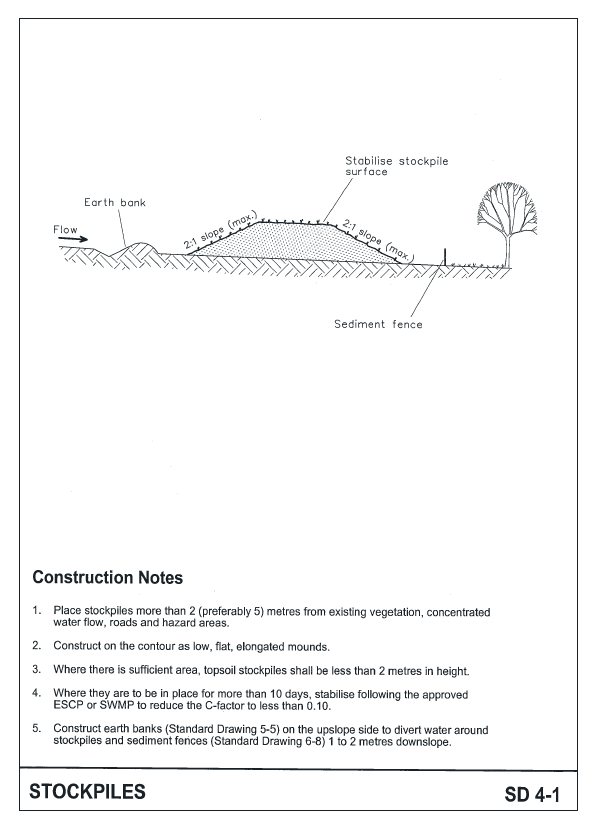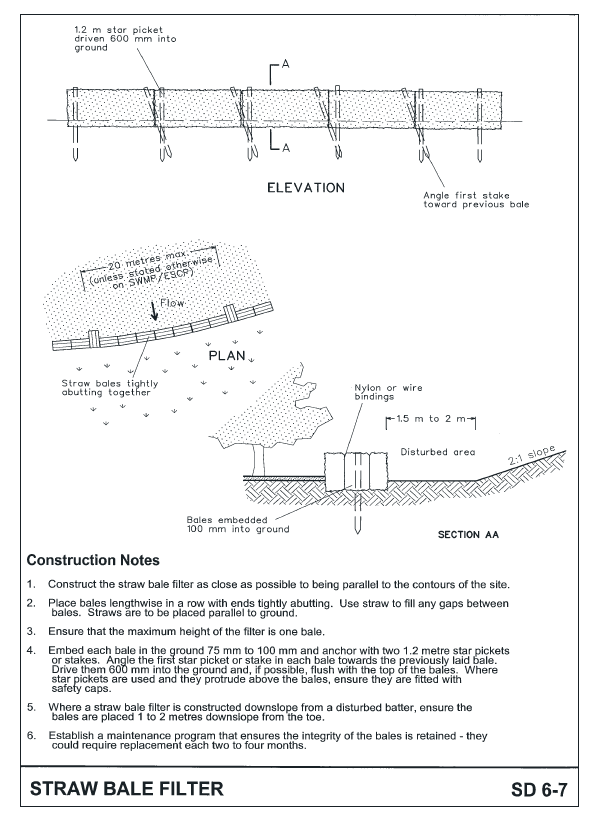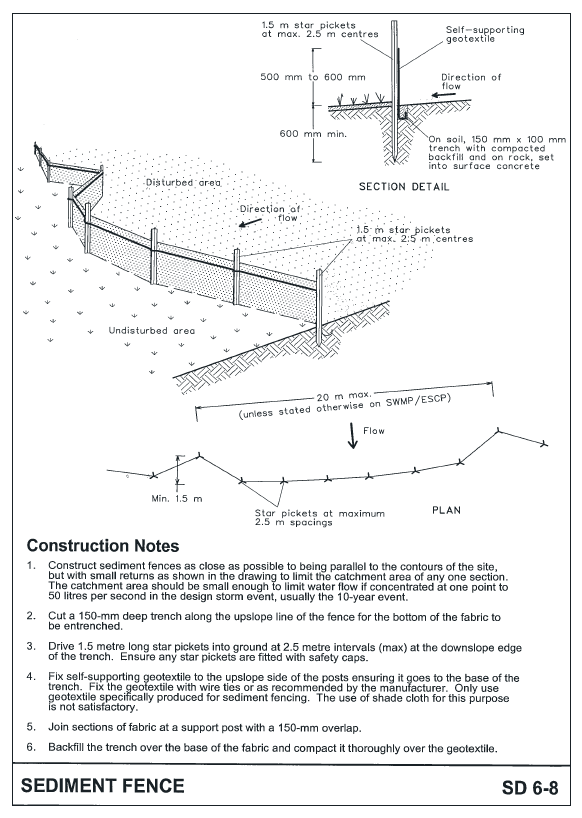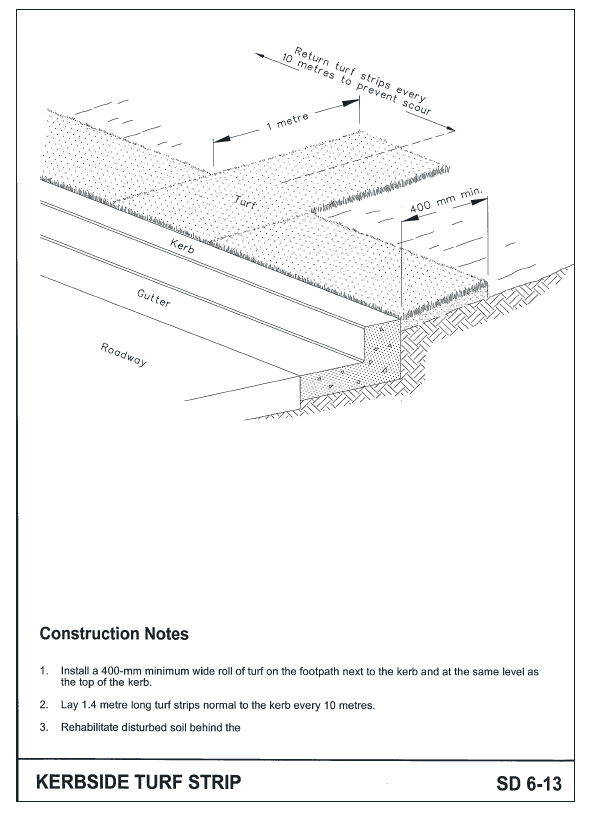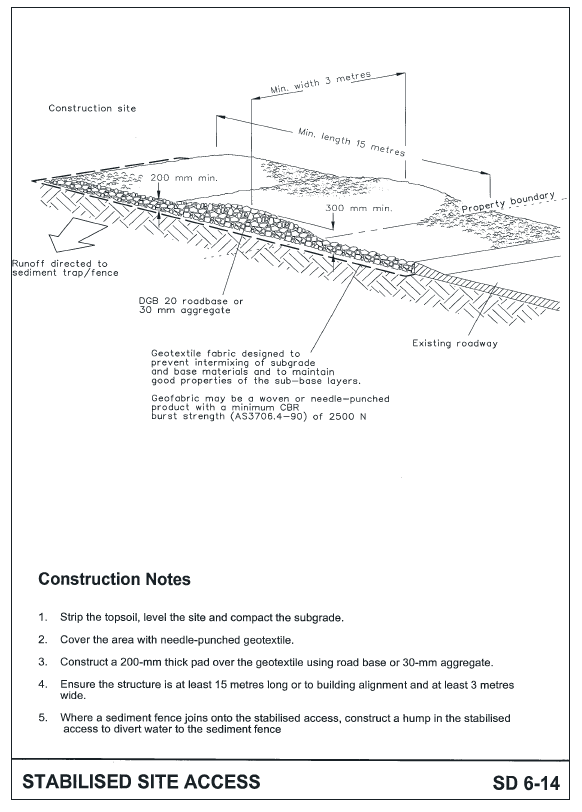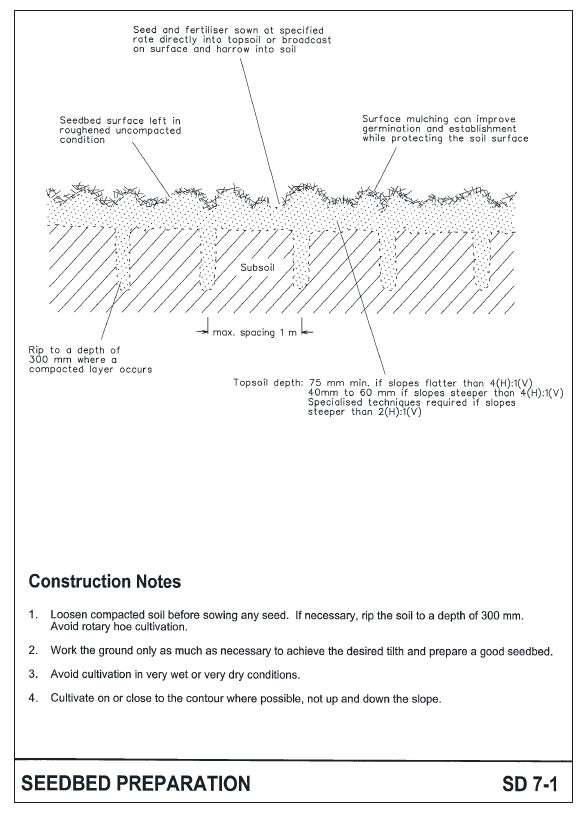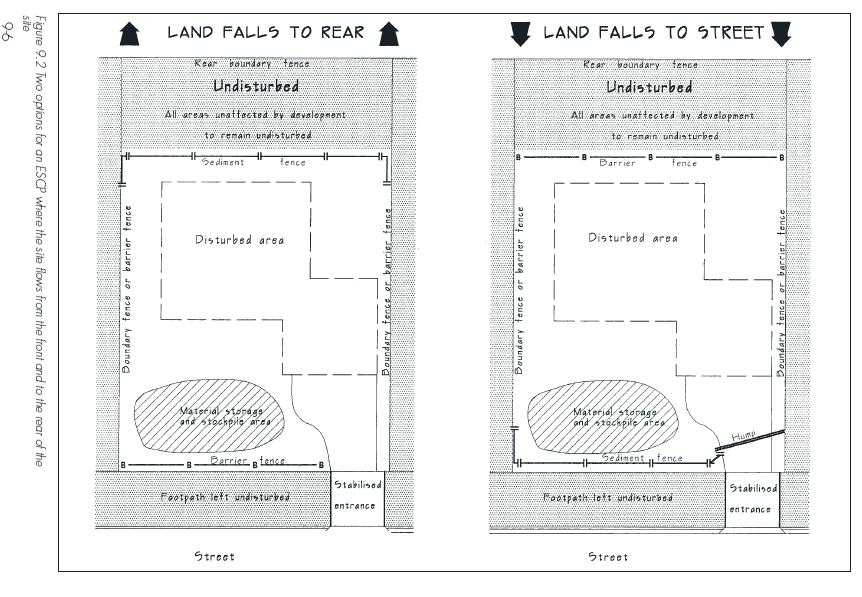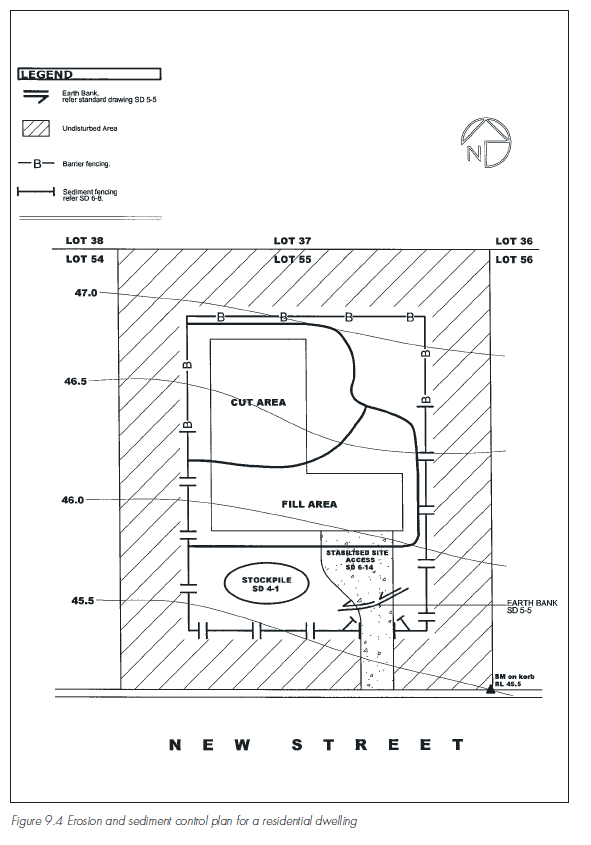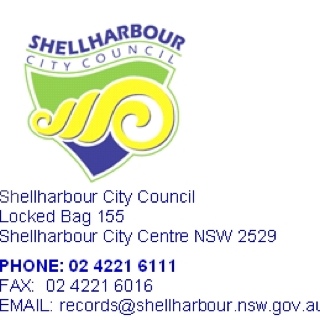Information
-
Site conducted
Site info
-
Address of Property
-
Construction Stage
- Demolition
- Foundation
- Framing
- Lock up (external facade is up)
- Fixing
- Completion (nearly completed building)
-
Weather Conditions
- Fine
- Rain
- Windy
- Other
Builder/ Site Manger Details
-
Name
-
Contact Phone Number
-
Email Address
Owner's Details
-
Name
-
Contact Phone Number
-
Email Address
PCA Details
-
Name
-
BPB no.
-
Contact Phone Number
-
Email Address
-
Type of Inspection
-
Conducted on
-
Prepared by
- Mahfuzul Khan - Senior Ranger
- David Marks - Senior Ranger
- Andrew Galante - Regulatory Officer
- Almir Junior- Regulatory Officer
- Sean Mcclory - Regulatory Officer
- Antiga Tangkongyu - Regulatory Officer
- Bradley Pope - Team Leader; Compliance
- Terrence Wong - Development Compliance Officer
- Tanya O'Casey - Building Compliance Officer
Erosion and Sediment Controls
-
1. Knowledge/tools<br>Is the site manager knowledgeable about their requirements for erosion and sediment control?<br>Do they have a copy of the plans onsite?
-
2. Site Planning<br>Does the site demonstrate careful planning for the installation of drainage and erosion control measures in place?<br>Has builder minimised disturbance to vegetation and subsurface?
-
3. Stablised Entry/ Exit Point <br>Is the entry/exit area in the correct location?<br>Is the entry/exit point stabilised with rock, shaker or other control?
-
4. Erosion control - ground cover<br>Is there ground cover over all non-‘live’ areas of the site?<br>Ground cover can include turf, compost, Hydromulching, Geotech, gravel, soil stabilizer, mulch
-
5. Sediment Control<br>Are the sediment fences or alternative sediment control devices erected adequately/correctly?<br>Does the sediment capture look to be maximized?<br>Are inlet protection devices installed downstream of disturbance areas (e.g. gravel socks blocking nearby drains)?
-
6. Stockpiles <br>Are any stockpiles >2m from site boundary, waterways and trees?<br>Is the stockpile protected? (e.g. with a cover, sediment fence or uphill bund)?
-
7. Settling pits/ponds<br>Are any settling pits/ponds set up properly?<br>Is there evidence of maintenance for the pits/traps?<br>
-
8. Separating Clean and Dirty water<br>Has clean water been directed around works areas?<br>Has dirty water been kept separate from clean water?
-
9. Dust Control Techniques<br>Is there evidence of dust control being used if weather is hot/windy?
-
10. Site surrounding<br>Is the nature strip on the footpath cleared of sediment, sand and mud and other materials?<br>If not, is there a good justification for this?<br>Is the road clean of sand, silt and mud? (This includes the footpath).<br>
-
11. Litter and Building Waste<br>Is all litter and building waste stored properly onsite?<br>Is there any litter present on site or nearby OFF-SITE?
-
12. Downpipe present for roofed buildings<br>Are any downpipes connected for buildings that are completed?
-
13. Final rehabilitation<br>If the building/development is almost complete, is the rehabilitation of vegetated areas been achieved?<br>Have appropriate efforts been made to restore natural areas and groundcover?
-
14. Evidence of prescribed contaminant (earth materials) in a roadside gutter or stormwater drain or water OR where it could be "reasonably expected to move"?<br>If the answer is YES then a PIN is to be issued.<br>If no, but there were breaches onsite and it is the first inspection, a warning is to be issued.
Inspection Outcome
Inspection Outcome
-
Inspection Outcome
- Compliant at time of inspection
- Non-compliant - verbal warning and reinspection required
- Non-compliant - warning letter to be issued and reinspection required
- Non-compliant - PIN be issued and reinspection required
-
Re-inspection date (if non-compliant)
-
Penalty Infringement Notice info (if issued):
I have read and understand the contents of the report
-
Builder/ Employee Signature
-
Authorised Officer Signature
Explanatory Notes and Definitions (Managing Urban Stormwater Soils - Construction Volume 1; 4th Edition)
-
Get the Site Right - Cooks River Alliance - http://cooksriver.org.au/getthesiteright/ Get the Site Right is a joint taskforce between the Parramatta River Catchment Group, Cooks River Alliance, Georges River Combined Councils Committee, Sydney Coastal Councils Group, Lake Macquarie Council, NSW Environment Protection Authority (EPA), and Department of Planning and Environment, and more than 20 Sydney councils. We are working together to target developers and enforce best practice on commercial and residential building sites, as well as major infrastructure projects, to protect our waterways and surrounding environments.
How sediment spills affect our environment and waterways:
* Directly pollutes our creeks, river and harbours by filling them with dirt, soil, sand and mud. This leads to poorer water quality, affecting swimming or leisure activities in and around our waterways.
* Destroys aquatic habitats and smothers native plants and animals that live our waterways.
* Blocks stormwater drains leading to flooding and overflows.
* Erodes creek and river banks.
* Causes health and safety risks such as slippery roads and tripping hazards.
There are rules that developers need to follow to contain and manage sediment on their work site in a responsible manner. It is against the law to breach these rules. Local councils and the NSW Environment Protection Authority have the power to issue penalties from $8000 to $15,000 for each incident.
Home builders and renovators
If you are building or renovating a home, submission of an Erosion and Sediment Control Plan is required before works begin. Ensure your builders are adhering to the rules. For more information, contact your local council or the NSW Environment Protection Authority for further consultation.
Developers and builders
If you are a developer or managing a building site, download a quick summary of the facts or consult the NSW Office of Environment and Heritage’s ‘Blue Book’ for detailed rules and guidelines. https://www.environment.nsw.gov.au/-/media/OEH/Corporate-Site/Documents/Water/Water-quality/managing-urban-stormwater-soils-construction-volume-1-fourth-edition.pdf -
Chapter 4. Erosion Control: Management of Soils - Stock Piles
-
Chapter 4. Erosion Control: Management of Soils - Replacing Topsoil
-
Chapter 6. Sediment and Waste Water Control - Straw Bale Filter
-
Chapter 6. Sediment and Waste Water Control - Sediment Fence
-
Chapter 6. Sediment and Waste Water Control - Kerbside Turf Strip
-
Chapter 6. Sediment and Waste Water Control - Stablised Site Access
-
Chapter 6. Sediment and Waste Water Control - Control of Wind Erosion
-
Chapter 7. Site Stablisation - Seedbed Preparation
-
Chapter 9. Urban Construction Sites - Erosion and Sediment Control Plan Preparation ; site flows from the front to the rear of the site
-
Chapter 9. Urban Construction Sites - Erosion and Sediment Control Plan Preparation ; site flows to either side of the site
-
Chapter 9. Urban Construction Sites - Erosion and Sediment Control Plan Preparation ; residential dwelling






